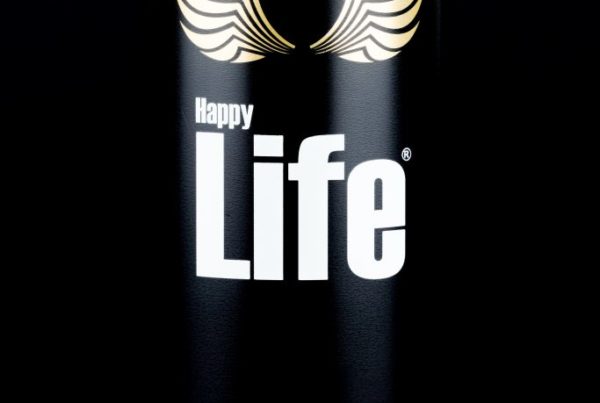3D printing, a sub-set of additive manufacturing, refers to the process of making three-dimensional solid objects from a digital file. The object is created by laying down successive sheets of material, something which reduces production costs, cuts development time and increases manufacturing flexibility.
3D printing has already had a massive impact in the automotive sector; with the global automotive 3D printing market expected to reach £2.7 billion by 2023 and growing at a rate of 19.7% per annum.
The uptake of 3D printing in the packaging space has been slower than expected. This is particularly surprising given the benefits 3D printing brings to the packaging supply chain. Here are some of the advantages to look out for:
3D Printing Benefits for Packaging Consumers
Mass customisation is more accessible through 3D Printing; with packaging personalisation high on many Brand’s agenda, this could be a trigger for greater investment. 3D printing allows customers to be self-sufficient; they can design and make their own customised packages. Individual designs can be manufactured specifically to the individual customer’s preferences. Personalised packaging is a great way to create and sustain a close connection between a product and its customers, as it puts the individual customer at the heart of the experience. Personalised packaging is also more sustainable with customers more likely to save and re-use packaging which has their name on it. Additionally, the packaging produced via 3D printing can be lighter but just as strong, a significant benefit for all consumers.
3D Printing Benefits for Packaging Manufacturers
One of the key benefits that 3D printing brings is that through rapid prototyping, it can cut the time taken for early-stage product development. Rapid prototyping allows the packaging providers to manufacture the prototypes quickly and at a lower cost, increasing speed to market, optimising supply chain efficiency and reducing the need for high inventory levels.
3D printing is also helping to revolutionise the packaging machinery itself. For example, the robotic arms used in production could be produced using a 3D printer; these robotic arms would be lighter and more powerful. This will have a knock-on impact on the replacement parts market for machinery as the end user could print out, with the appropriate software, any spare part needed for the machinery at their own site.
3D printing will also encourage sustainability and improve the environmental-friendliness of the packaging supply chain. With 3D printing, plastic waste can be cleaned, dried, shredded and then recycled back into the 3D printer to make the next product.
The Added Value…3D Printed Smart Caps
3D printing offers up a number of unique opportunities for the packaging industry to add value to existing products. A great example of this is the 3D printed smart caps which have the capability to indicate the shelf life of any beverage. By shaking or tilting the product, the beverage gets into contact with the cap fitted with wireless sensors which measure the number of bacteria and indicate whether the product is still suitable to sell and consume.
The Future
It seems it is only a matter of time before 3D printing becomes a fundamental feature of the packaging supply chain. 3D printing can add value to existing products and processes in the short term, allowing designers to be more creative in their thinking in order to produce more engaging packaging. With time, 3D printing will revolutionise the development of packaging.





